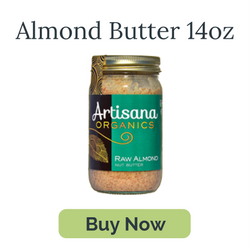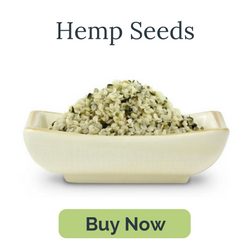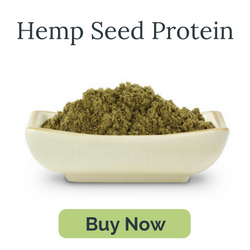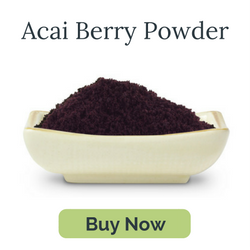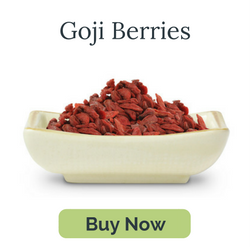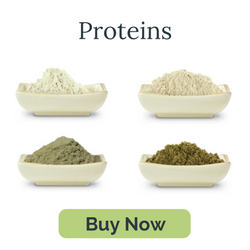5 Great Sources of Meatless Protein

Eating less meat on a regular basis comes with plenty of benefits. Meatless meals are cost effective, typically lower in calories and better for the environment (and animals, of course!). Not to mention, meat may be produced with additives and hormones depending on the agricultural process.
But if you don’t eat meat, you’re likely bombarded with questions about protein intake from concerned friends. And if you do eat meat, you may be wondering if it’s possible to reduce your intake while still getting enough protein in your daily diet.
Whether you avoid meat, or you’re just looking to add some variability to your dishes, look no further! Here are five meatless ways to eat more protein.
1. Almonds
A single cup of almonds contains about 20 grams of protein, compared to 38 grams in 1 cup of chicken - not too shabby! Almonds rank among the nuts highest in protein, and they’re also filled with biotin, Vitamin E, and manganese. Plus, almonds are super versatile. You can enjoy the benefits from a cup of almond milk or almond butter, which can be added to smoothies, cereal or baked goods.
2. Hemp Seeds
The protein in hemp seeds are scientifically proven to be more easily digestible than the proteins in milk, eggs, cheese and meat. And they’re full of them, too! 3 tablespoons of hemp seeds contains about 10 grams of protein, which is comparable to that of almonds. Hemp seeds mix well with smoothies and salads, but hemp (like almonds) is also versatile! It can easily can be transformed into a protein-filled powder. You can use hemp protein powder to blend into juices, milks, and smoothies.
3. Chia Seeds
Another super power, chia seeds are surprisingly high in protein! As a complete protein source contain about 4 grams in a 2-tablespoon serving, they’re the perfect addition to a pre or post workout smoothie. You could also toss them over a salad or soup, or use in baked goods and chia pudding. Since they’re tasteless, they’re incredibly versatile and easy to incorporate into your diet.
4. Berries
An unlikely source of protein, some fruits actually contain complementary amounts of proteins to top off your daily intake. For example, acai berries are filled with amino acids, which are the building blocks of protein. Try adding a teaspoon or two of Freeze-Dried Acai Berry Powder to your daily smoothie! Additionally, goji berries can contain up to 12 grams of protein in just one cup, while goldenberries contain about 3 grams per cup. While they’re not complete proteins, they’re great additions to mix with other protein found in kale, quinoa or nuts.
5. Protein Powder
There are tons of all-natural, superfood-filled protein powders that are easy to incorporate into your everyday diet. Around this time of year Pumpkin Protein Powder is perfect for incorporating into baked goods and smoothies. Sproutein combines the natural proteins from fruits, vegetables, and plants to create a raw, vegan, and gluten free powder that increases bone strength and digestive health, as well as energy levels. When you mix superfood protein powder into the smoothie you’re already drinking for breakfast, getting that extra protein doesn’t even require changing your daily routine.

